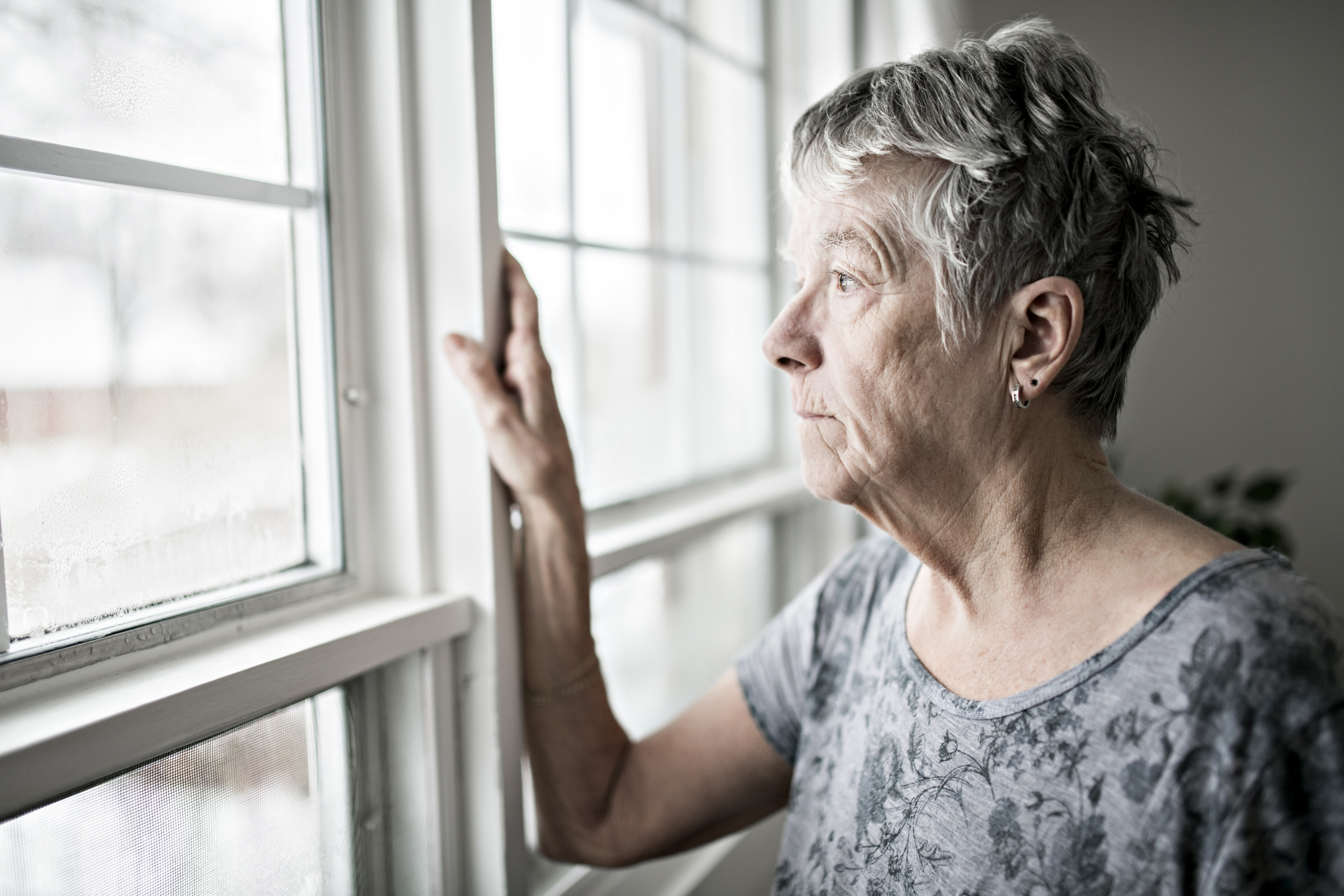Social Isolation & Loneliness: What’s the Difference?
- Social Isolation: The objective experience of having few or infrequent social connections.
- Loneliness: The subjective and distressing feeling of being alone or isolated, often defined as the difference between actual and desired level of social connection.
- Social Connection: The ways that people can be physically, emotionally, and culturally connected to others.
Find out more information about loneliness, isolation, and social connection at https://connectwi.org

